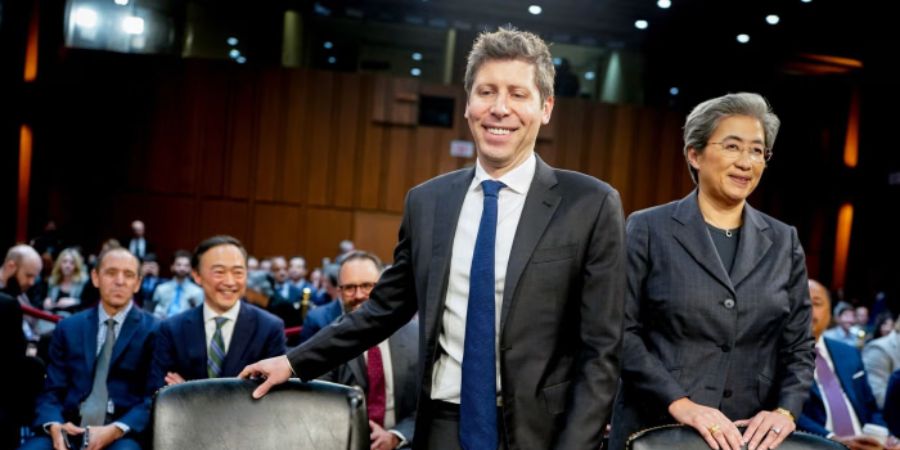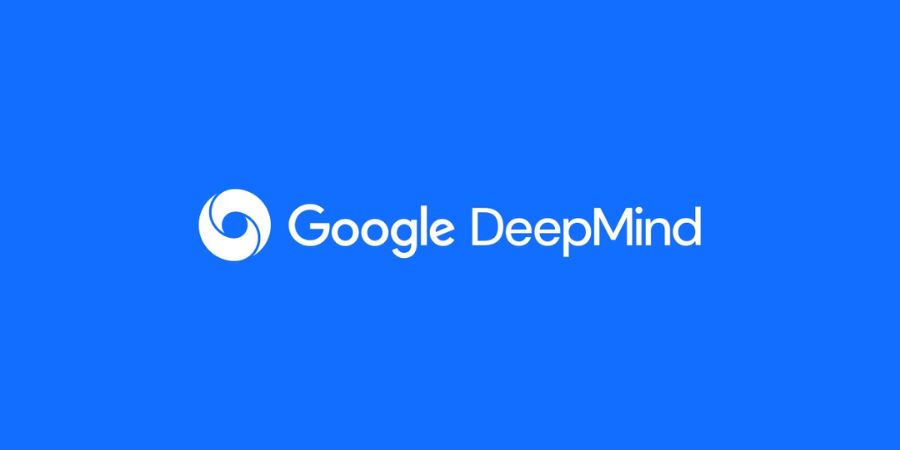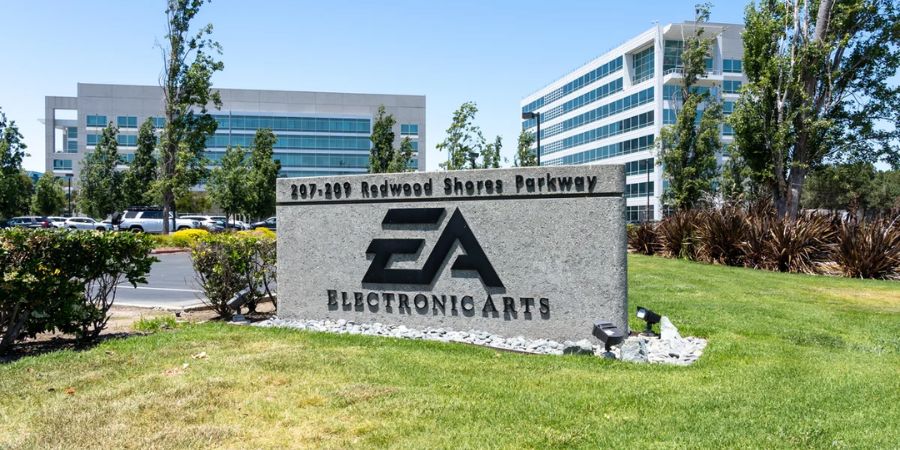AI is no longer a novelty. It writes, codes, plans trips, teaches languages, and even talks you through heartbreak. Over 100 million people now use ChatGPT weekly. That’s bigger than most apps ever get. So when OpenAI open source ChatGPT entered the conversation, people listened.
And here’s where it gets interesting. They are not just sharing scraps. They are putting out the core models that power the tool billions of people have interacted with. Think of it as letting others peek under the hood of a car that used to be sealed shut. This is OpenAI’s move towards open-source AI, and it changes everything.
For years, the tech world asked for more AI development transparency. This move answers that call, at least in part. But it also raises new questions. How much should be shared? Who gets to use it? What happens next?
This is not just a story about software. It is about control, creativity, responsibility, and access.
Why open-source AI is a powerful idea
Open-source is not a new idea. It is how some of the most trusted digital tools came to life. Linux. Python. Mozilla. These were not built behind locked doors. They grew because people could use, change, and improve them together.
Open-source AI tools are beginning to follow that same path. AI, until now, has taken a different route. Most large models live behind paywalls and tightly controlled APIs. If you want to use them, you usually need to pay or get special access. That model works for some, but it also keeps a lot of people out.
Open-sourcing flips that. It gives more people a seat at the table, especially developers and researchers who do not work at billion-dollar companies. It lets anyone see how the engine runs, not just what the final product does.
More importantly, it invites collaboration. And when more minds come together, problems get solved in ways a single team could never imagine. This is one of the benefits of open-sourcing AI systems that experts have long advocated for.
What exactly OpenAI is sharing
To be clear, this is not a full release of ChatGPT. That product includes layers of training, safety systems, and fine-tuned responses built for end-users. What OpenAI is releasing is something more raw, but just as important: the base model. It’s a big part of how OpenAI open-sourced ChatGPT.
Think of the base model as clay. It is not yet shaped into a chatbot, an assistant, or a content writer. But it holds all the potential to become those things, depending on who molds it.
This kind of access matters. It lets developers and researchers see how the model performs before it is polished and filtered. It gives them more control over how it’s shaped, tuned, and used.
It also creates space for more honest exploration. Researchers can look at model behavior in a clean environment, without layers of moderation hiding the edge cases. It’s a breakthrough for AI development transparency.
How developers can actually use it
Say you are building an AI tool for hospitals that helps doctors write patient notes faster. Until now, you may have had to use a paid API, upload private data to external servers, and rely on whatever features the company gave you.
With an OpenAI open source ChatGPT base model, that changes. You can run the model locally. You can train it on your own datasets. You can shape its responses to match the tone, language, and needs of your users. And you can do it without waiting for permission.
The same goes for small startups in countries where data privacy laws are strict. They no longer need to compromise security to use strong AI. Schools can create AI tutors tailored to local languages. Journalists can build summarization tools that respect nuance and tone.
This is exactly why OpenAI open sourcing ChatGPT matters. It’s not just for engineers. It’s for anyone trying to solve real-world problems.
In short, the technology becomes more than a product. It becomes a tool that people can adapt, and that unlocks an entirely different kind of creativity.
A win for research and innovation
There is a reason the research world is buzzing. This release removes a long-standing barrier. It takes AI from something you read about to something you can experiment with directly.
Before, most research into large models was based on papers or second-hand observations. Now, people can test the models themselves. They can study how they reason, where they fall short, and what makes them tick. That’s the heart of AI development transparency.
This speeds up innovation. Instead of building models from scratch, researchers can now build on what already works. It saves time, resources, and brainpower, all of which can be redirected toward solving harder problems.
For students, it means learning from the real thing. For scientists, it means making discoveries faster. And for the global research community, it means deeper collaboration and fewer silos, all driven by Open-source AI tools and ChatGPT source code.
Why some experts are uneasy
Still, there is no ignoring the risks. When powerful AI becomes open, misuse is always a possibility. These models are smart enough to generate deepfake content, draft persuasive misinformation, or power systems that track people without their knowledge.
OpenAI AI systems are built with guardrails, and the company has said it will include safety guidelines. But once the code is out there, it becomes difficult to control. Some will use it for good. Others may not.
There is also the question of stability. Once developers start customizing the model, results can vary. A tool meant to simplify healthcare could end up giving wrong or harmful advice if poorly trained.
The open-source community often steps up to fix issues, but that takes time. In fast-moving industries like finance or health, that delay can be costly.
So while the release brings freedom, it also calls for maturity. The power is in the hands of the user. How they use it will shape the impact of OpenAI’s open-source decision.
Real-world possibilities, not just theory
Look at the real world and the OpenAI technology impact becomes clear. A school in Rajasthan could build its own AI language assistant. A journalist in Nigeria could automate translations into Igbo. A startup in Chile could build an app that helps seniors draft emails in their native tongue.
These are not ideas for the future. With ChatGPT source code and Open-source AI tools, they are within reach now.
You do not need a big budget or a Silicon Valley address. You just need the skill to shape the model, and the imagination to know what to build.
That is the beauty of open access. It brings the power of OpenAI AI systems into the hands of people who know what their communities need. And it gives them the chance to actually build it.
What this means for the AI race
This move puts pressure on other players. Meta already released its LLaMA models. Google and Mistral are exploring open releases too. The arms race is no longer about who builds the most advanced model. It is about who shares the most useful tools.
OpenAI open source ChatGPT takes a clear lead in this. Its models are tested, documented, and widely adopted. By sharing its base systems, it adds another layer to that lead, and forces others to rethink their strategy.
The competition is shifting from secrecy to openness. From one-size-fits-all to custom-built solutions.
This change, led by OpenAI’s move towards open-source AI, will define the next chapter in AI development.
Who gains from this kind of access
Students. Researchers. Small teams. Public institutions. Governments. Nonprofits. Independent journalists. Local entrepreneurs.
These are the groups that often get left behind in tech revolutions. They have ideas but lack access. They have problems to solve but limited tools to solve them.
With OpenAI open source ChatGPT, that gap starts to close. AI no longer belongs only to those with billion-dollar budgets. It becomes something everyone can shape, test, and understand.
That kind of shift is rare. And it matters.
One step toward a smarter, more open future
OpenAI AI systems are not perfect. And this release will not fix all the problems in AI. It will not end misinformation, or stop bias, or make every model safe by default. But it is a step. A real, tangible step toward a future where more people understand how AI works, and more people have a say in how it is built.
Access is powerful. It lets people imagine more. Build faster. Learn deeper. Fail better. Improve quicker.
AI will shape the next era of work, learning, creativity, and communication. The more open that process is, the better the outcome will be for everyone involved. That’s one of the biggest benefits of open-sourcing AI systems, and the core impact of OpenAI’s open-source decision.
This release is an invitation. To explore. To question. To build. And maybe, to reshape the future in a way that serves more than just the few. That’s how OpenAI open-sourced ChatGPT, and why it matters.
And as the world watches, one thing is clear: OpenAI open source ChatGPT isn’t just a technical milestone, it’s a cultural one.
Read Also: Who is Nancy Lee? Meet Disney’s EVP and Chief of Staff to CEO Bob Iger











